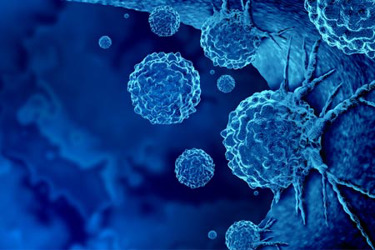Prostate Cancer Researchers Use Organoids To Identify Critical Risk Factors

While almost every type of cancer presents ongoing challenges to researchers, prostate cancer has always been shrouded in particular mystery. The causes of prostate tumor formation are still only partly understood, and the symptoms of this cancer often diverge wildly and resemble those of less serious conditions. Traditional cell culture experiments have failed to produce the insights researchers are searching for, so prostate cancer remains one of the deadliest cancers in the world.
That's why the introduction of widely available prostate organoids has generated so much excitement among researchers and patients. These 3D structures combine multiple cell types to provide a more accurate model of in vivo prostate behavior. Perhaps even more importantly, they can be grown from patient tissue biopsies.
Researchers have a powerful new tool at their disposal, and with it they can now conduct accurate, patient-specific research.
Get unlimited access to:
Enter your credentials below to log in. Not yet a member of Cell & Gene? Subscribe today.
